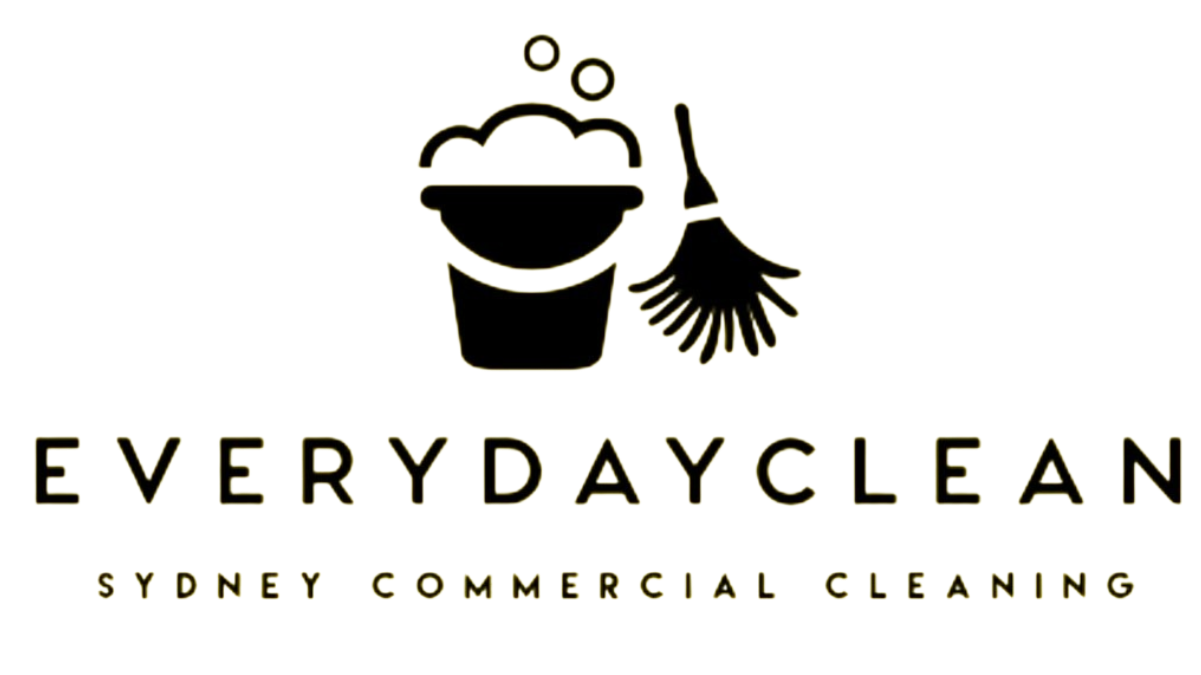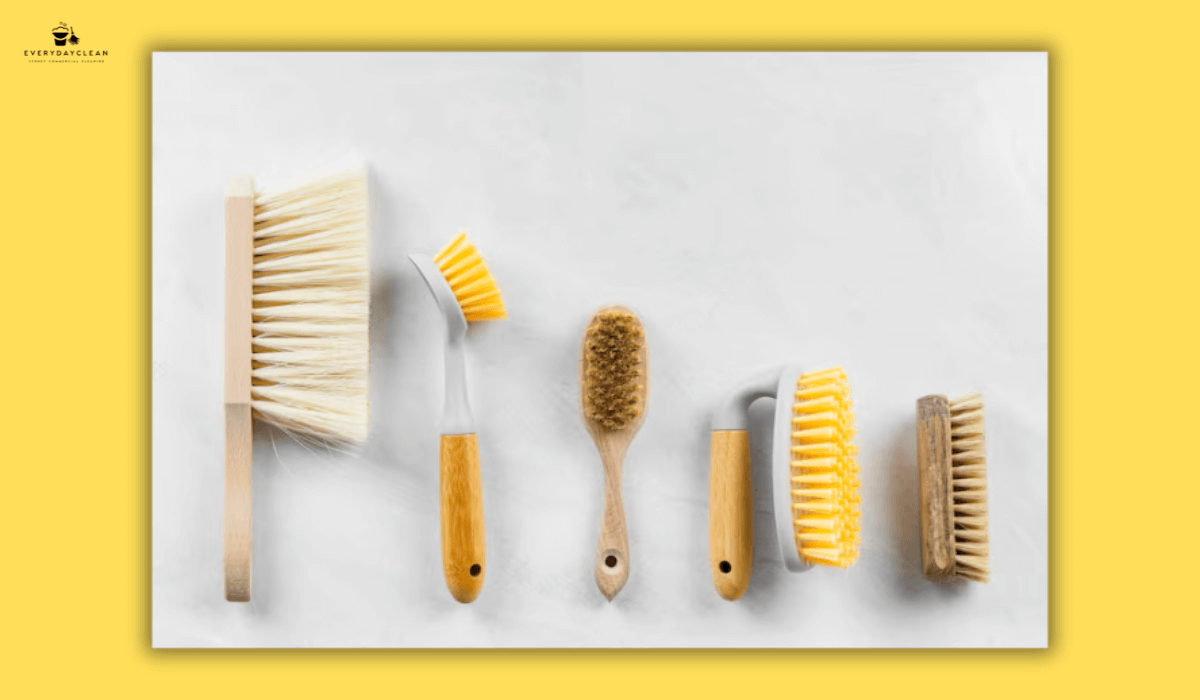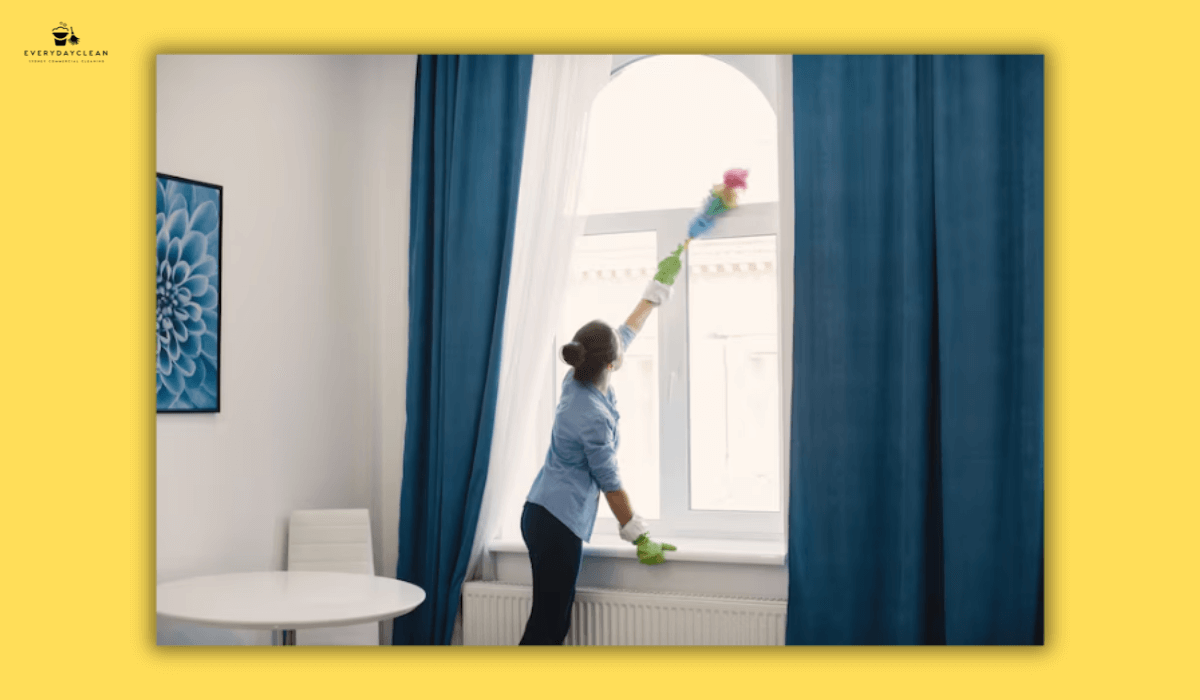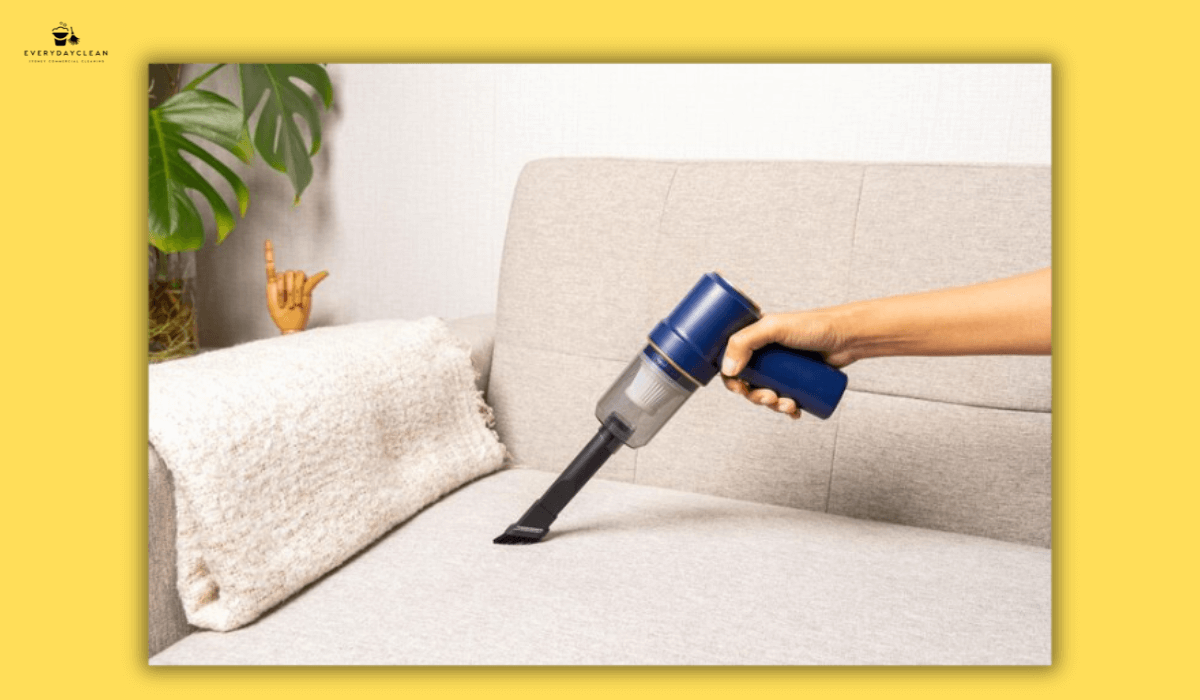Move Out Cleaning Cost Per Hour: 7 Key Pricing Factors
Move-out cleaning cost per hour in Australia typically ranges from $40 to $100 per cleaner, depending on the company, property size, condition, and service inclusions. While some cleaners offer transparent hourly rates, others may quote a flat fee based on the total job scope. Factors like carpet steam cleaning, oven detailing, or extra rooms can drive costs higher. Understanding how these elements affect your final price helps tenants prepare for end-of-lease inspections, avoid surprise charges, and improve chances of a full bond refund. Many tenants start by comparing established providers such as Everyday Clean to understand typical pricing and inclusions.
1. Average Hourly Rate for Move Out Cleaning in Australia
Hourly pricing varies depending on who provides the service and where you're located. In the Australian market:
- Independent cleaners charge between
$30–$45 per hour
- Professional cleaning companies range from
$45–$65+ per cleaner per hour
- Higher rates are common in metro areas like Sydney, Melbourne, or Brisbane
These rates reflect labour, cleaning supplies, insurance, and overheads. Teams typically work in pairs, so a “$50 per hour” service may actually cost $100 per hour in real time (two staff, one hour). Always clarify how many cleaners are included in the quote.
2. How Property Size and Layout Impact the Final Cost
Before calculating the total cost, consider how square metreage and layout influence cleaning time. A larger space naturally takes longer, but irregular layouts, multiple levels, and hard-to-reach areas also add complexity.
| Property Type | Time Estimate | Typical Total (1 Cleaner) |
|---|---|---|
| Studio Apartment | 2–3 hours | $90–$180 |
| 2-Bedroom Apartment | 3–4 hours | $135–$260 |
| 3–4 Bedroom House | 4–6+ hours | $200–$400+ |
This table assumes average conditions. Heavier cleaning needs or extra services (like carpet steam or window cleaning) will extend time and cost.
3. Condition of the Property and Level of Cleaning Required
The difference between a lightly lived-in apartment and one that's been heavily used is significant. Here’s how the condition affects the hourly cost:
- Well-maintained property: Faster cleaning, lower total hours
- Dirty or neglected property: More scrubbing, stain removal, or debris disposal means extra hours and sometimes extra staff
- Heavy-duty cleans (e.g. grease buildup, pet odours, mould): Can double cleaning time or require specialist chemicals
Pre-inspection walkthroughs or photos can help cleaners quote more accurately.
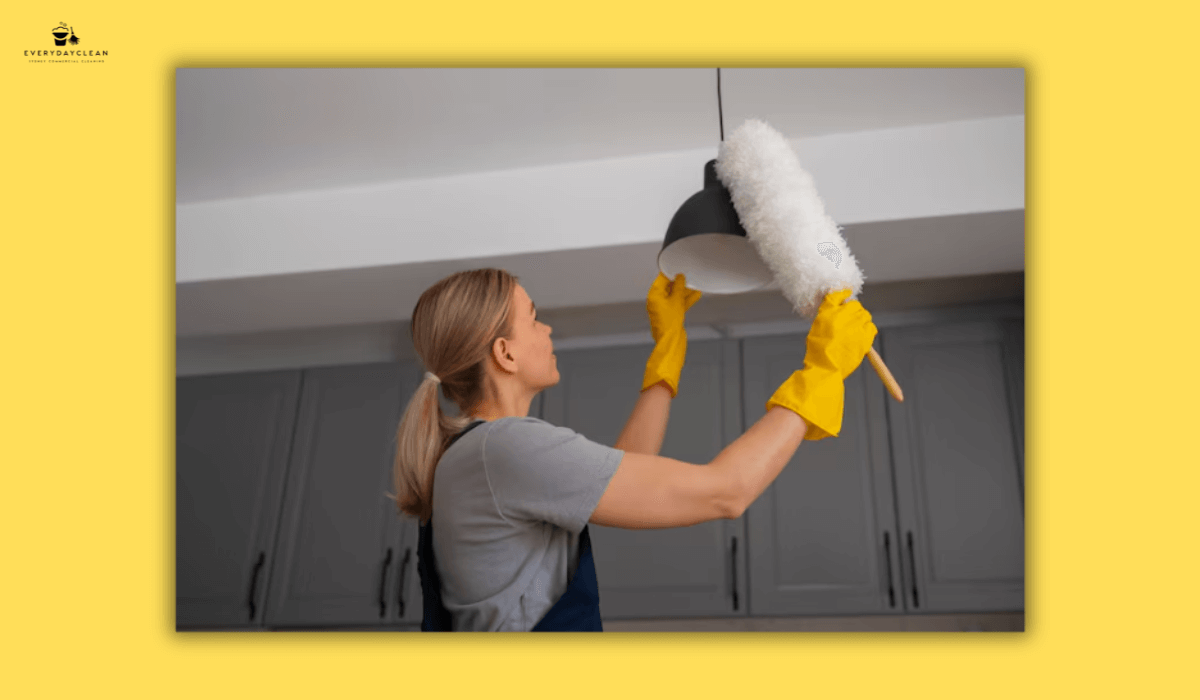
4. Inclusions and Add-Ons: What’s Usually Not in the Hourly Rate
Hourly cleaning often covers core tasks, but move-out standards (especially for rental bonds) require specific results. Always confirm if the following are included or extra:
- Included in most hourly services:
- Surface dusting
- Vacuuming and mopping
- Kitchen surfaces and cupboard exteriors
- Bathroom cleaning (toilets, basins, showers)
- Usually charged separately or only included in full bond cleans:
- Oven interior
- Fridge cleaning
- Carpet steam cleaning
- Wall washing
- Window track detailing
- Balcony or garage sweep
- Rubbish removal
Many tenants get caught out thinking the hourly rate covers everything. It usually doesn’t. For those comparing more structured packages, services like Bond Cleaning can provide clearer pricing expectations.
5. Location-Based Price Variations
Labour pricing varies between states and cities across Australia. Here's a general snapshot:
| City/Region | Typical Hourly Rate |
|---|---|
| Sydney | $50–$65 |
| Melbourne | $45–$60 |
| Brisbane | $40–$55 |
| Perth | $45–$55 |
| Regional Areas | $35–$50 |
Parking access, high-rise buildings, and remote suburbs may incur extra charges. Always check access requirements with the cleaner before booking.
6. Time-Saving Techniques to Reduce Hourly Cost
Even if you're paying per hour, there are ways to reduce the time required and keep total costs down. Consider these steps:
- Declutter before the cleaner arrives – Empty cupboards, drawers, and remove rubbish.
- Pre-clean high-traffic areas – A quick surface wipe-down or vacuum can cut 15–30 minutes.
- Book early – Last-minute or weekend services often attract surcharges.
- Combine tasks – If you're also moving out furniture or organising repairs, schedule cleaning at the same time to streamline effort.
- Opt for a checklist clean – Services that follow a standard end-of-lease checklist are more efficient and bond-focused.
Efficiency directly translates to fewer hours billed.
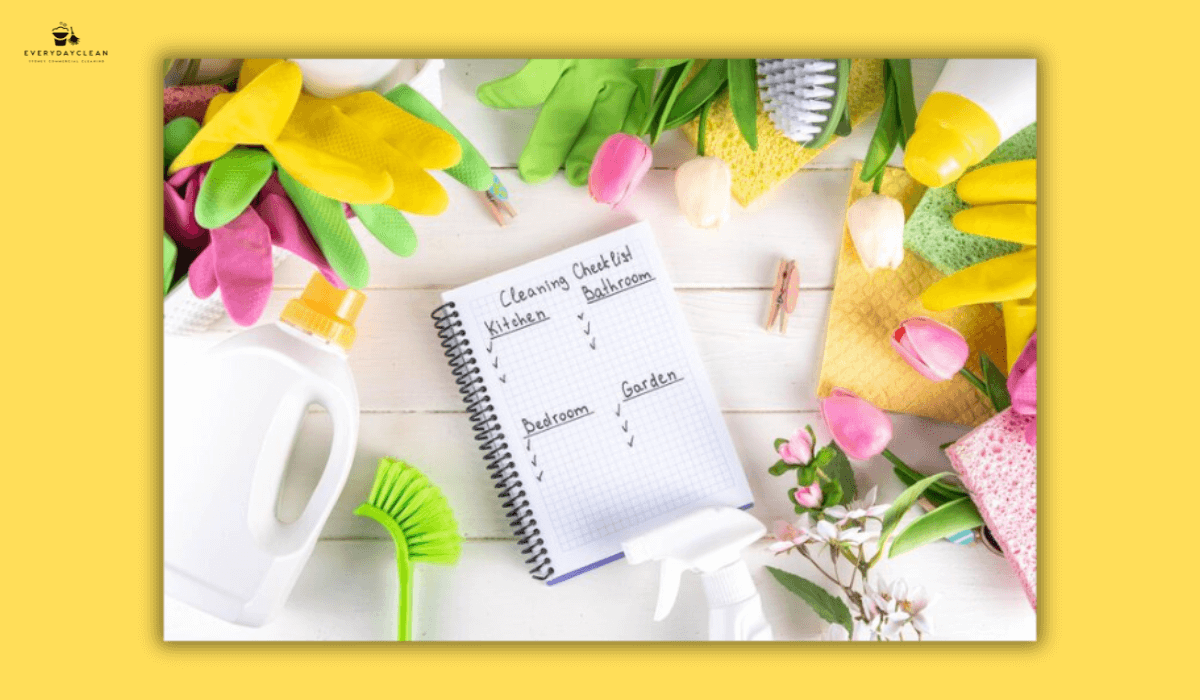
7. When to Choose Hourly vs Flat Rate Pricing
Some providers offer hourly pricing, others quote a flat rate. Each has pros and cons:
Hourly Pricing
- Transparent and fair for small jobs
- Useful when the scope is flexible
- Risk of underestimating total time
- May blow out for large or dirty homes
Flat Fee Pricing
- Fixed cost, no surprises
- Often tied to a checklist and a bond guarantee
- May include buffers for the worst-case scenario
- Less flexible if the scope changes mid-job
If you're working to a budget or need a bond guarantee, a flat rate may be safer. But if your space is already clean and easy to access, hourly pricing could be more affordable. Additional research through resources like
this recent guide on
apartment move-out cleaning costs
can also help tenants better understand price ranges.
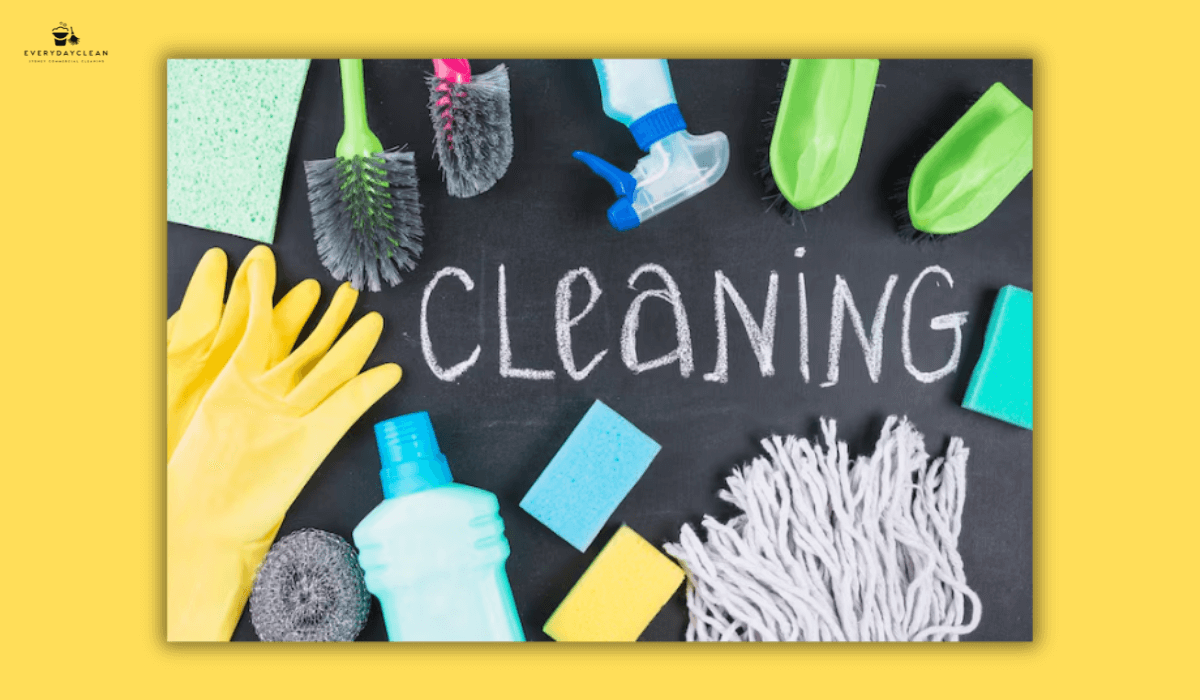
FAQs About Move-Out Cleaning Cost Per Hour
Tenants often raise similar concerns when researching hourly cleaning rates. Below are common questions with in-depth answers to help clarify your decision-making process.
What is a fair hourly rate for an independent house cleaner?
In Australia, independent or sole-trader cleaners often charge between $30 and $45 per hour. These rates may not include insurance, equipment, or deep cleaning. While this option is cheaper upfront, it may be riskier if the cleaner doesn’t meet rental bond standards. For thorough, guaranteed move-out cleans, professional cleaning agencies typically charge $45–$65+ per cleaner per hour.
Do I need to provide cleaning supplies?
In most cases, professional cleaning companies supply their own equipment and products. However, always double-check what's included. Some budget services expect the client to provide vacuum cleaners or speciality items like oven degreasers. A clear service quote should list all inclusions.
How long does a typical move-out clean take?
It depends on the property's size and how much cleaning is needed. A clean 1-bedroom apartment may take 2–3 hours for one cleaner, while a 4-bedroom house could take 6–8+ hours. If your rental has been neglected, factor in extra time. Services with multiple cleaners can shorten the duration but multiply the hourly cost.
Are carpet steam cleans or oven cleans included?
Not usually. These are high-effort tasks that most hourly services charge extra for. Carpet steam cleaning often has a set fee ($80–$150 per area), and ovens may be $30–$70 depending on size and condition. Always clarify this upfront, especially if your lease requires these items to be addressed.
How do I keep my total cost down if I’m paying hourly?
You can reduce cleaning time by decluttering, vacuuming in advance, removing trash, and keeping the property in decent shape before the cleaner arrives. Booking during weekdays and avoiding public holidays also avoids surge pricing. Lastly, discuss expectations upfront to avoid time-wasting clarifications on the day.
Final Thoughts
Move-out cleaning cost per hour is an essential benchmark for budgeting and comparing services, but total cost depends on far more than just the hourly rate. Property size, cleanliness, service scope, and location all play a role. For tenants focused on inspection results and bond return, understanding how hourly rates work—and how to reduce total cleaning time—will result in smarter, cleaner moves.
Author: Everyday Clean Content Team
Everyday Clean is Sydney’s trusted provider of commercial cleaning solutions, including schools, offices, gyms, and childcare centres. Our licensed professionals use advanced, eco-friendly equipment to deliver safe, compliant, and spotless results across all facilities. With deep experience in the education sector, we help schools maintain hygienic, student-ready environments that staff and families trust.
